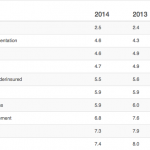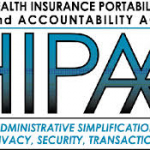
Should Hospital CEOs Be Physicians?
Do physicians make the best hospital CEOs? Should hospital CEOs come from a business background? It’s a debate that has been brewing in the healthcare industry for years and it doesn’t have one answer. In 2014, only 5% of hospitals were run by doctors, while the majority of hospital administrators came from outside the healthcare profession.








